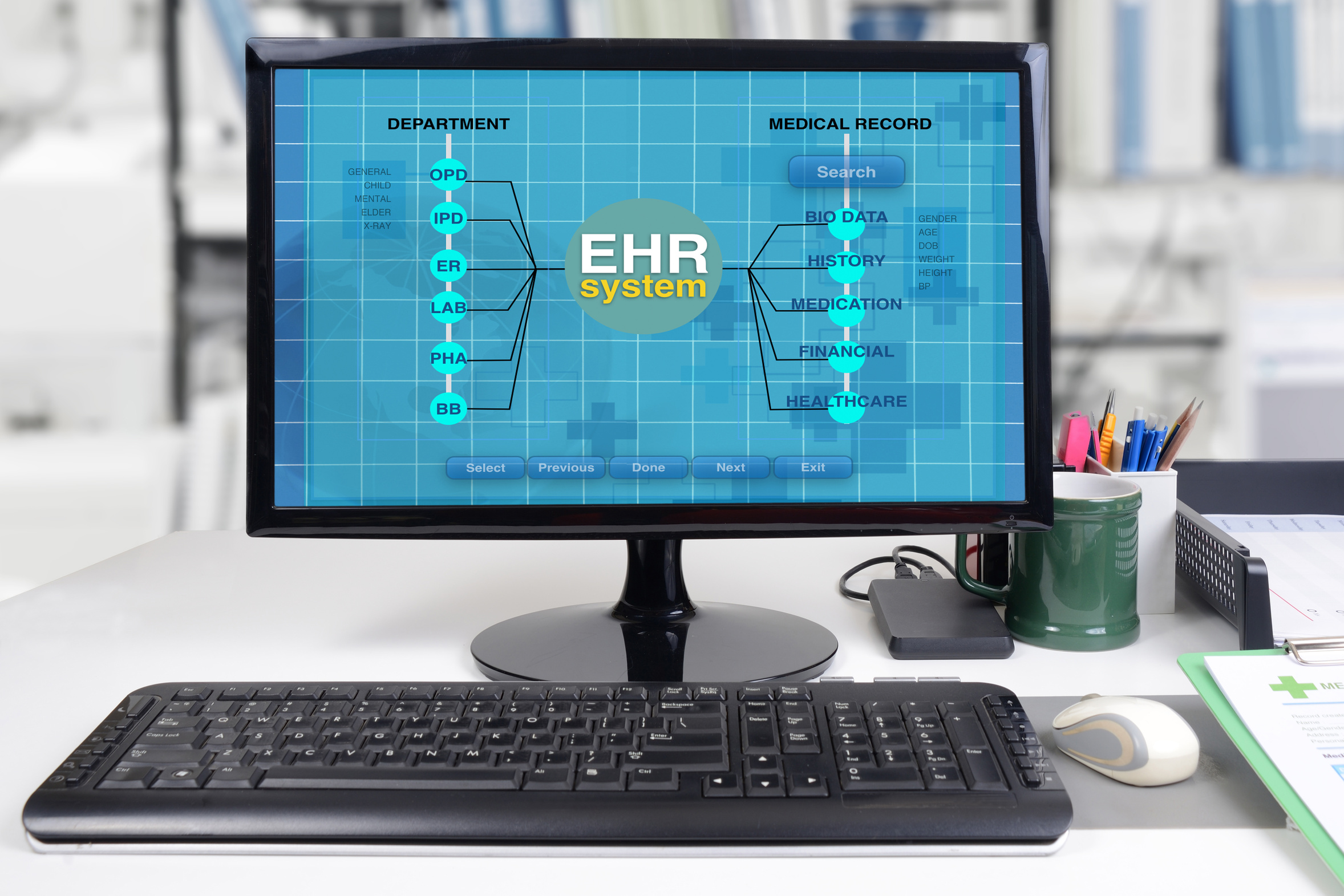
It gives your health care team, including family doctor, nurses. With EHRs, your organization can help build a healthier future for our nation.įor more information on EHR systems, see the following resources. An electronic health record (EHR) is a secure lifetime record of your health history. EHRs are built to share information with other health care providers and organizations – such as laboratories, specialists, medical imaging facilities, pharmacies, emergency facilities, and school and workplace clinics – so they contain information from all clinicians involved in a patient’s care. One of the key features of an EHR is that health information can be created and managed by authorized providers in a digital format capable of being shared with other providers across more than one health care organization. Automate and streamline provider workflow.Allow access to evidence-based tools that providers can use to make decisions about a patient’s care.Contain a patient’s medical history, diagnoses, medications, treatment plans, immunization dates, allergies, radiology images, and laboratory and test results.Identify groups of patients who may be at risk for harmful. EHRs are a vital part of health IT and can: Electronic Health Records (EHRS) Determine the most appropriate healthcare for their patients. While an EHR does contain the medical and treatment histories of patients, an EHR system is built to go beyond standard clinical data collected in a provider’s office and can be inclusive of a broader view of a patient’s care. EHRs are real-time, patient-centered records that make information available instantly and securely to authorized users.


An electronic health record (EHR) is a digital version of a patient’s paper chart.


 0 kommentar(er)
0 kommentar(er)
